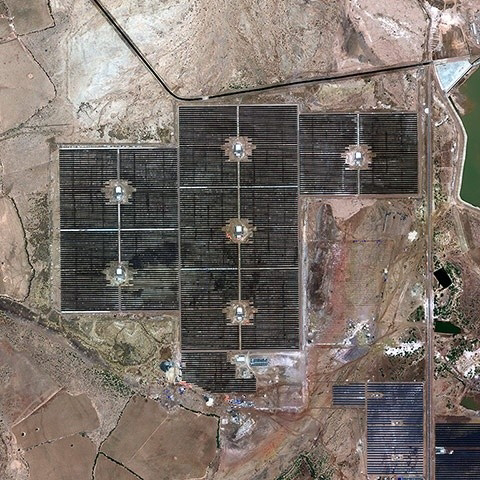This circuit diagram illustrates a simple yet effective automatic road light on/off system using:
1. an IRFZ44N MOSFET,
2. an LDR (Light Dependent Resistor),
3. and a 12V DC power supply.
The core idea is to automate the road light's operation based on ambient light levels, turning it on at dusk and off at dawn.
The IRFZ44N, a power MOSFET, acts as a switch to control the road light. It is driven by the LDR, which senses light intensity.
When light levels drop (e.g., at night), the LDR's resistance increases, allowing the MOSFET to turn on the road light. Conversely, during the day, the LDR's resistance decreases, turning off the MOSFET and the light. The circuit is powered by a 12V DC input, suitable for many road lighting applications.
Components and connections:
The IRFZ44N MOSFET has three pins: Gate, Drain, and Source. The Drain is connected to the negative terminal of the road light, while the positive terminal of the light is connected to the 12V DC supply. The Source pin of the MOSFET is grounded. The Gate pin, which controls the MOSFET's switching, is connected to a voltage divider formed by the LDR and a 100kΩ resistor. The LDR is connected between the Gate and ground, while the 100kΩ resistor is connected between the Gate and the 12V supply.
This setup ensures that the Gate voltage changes with the LDR's resistance, which varies with light intensity. When the LDR resistance is high (in darkness), the Gate voltage rises, turning on the MOSFET and the road light. When the LDR resistance is low (in daylight), the Gate voltage drops, turning off the MOSFET.
This design is both energy-efficient and practical for street lighting applications.
The LDR ensures the light only operates when needed, reducing power consumption. The IRFZ44N MOSFET is a robust choice, capable of handling the current required for a road light while offering low on-resistance for minimal power loss.
However, the circuit's simplicity means it lacks features like adjustable sensitivity or protection against voltage spikes, which might be necessary for real-world deployment. Adding a potentiometer in series with the LDR could allow fine-tuning of the light threshold, and a diode across the road light could protect the MOSFET from inductive spikes.
Overall, this circuit demonstrates a fundamental approach to automating lighting systems using basic electronic components.










